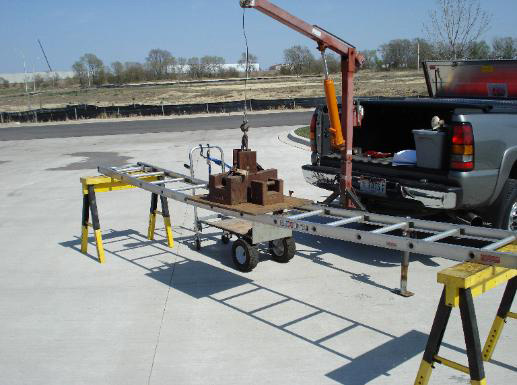Importance of Firefighter Ladder Knowledge
Firefighters and fire emergency responders need to have a complete working knowledge of ground ladders, the types of ladders to use in certain emergencies, and proper lifting, carrying, maintenance, and ladder placement techniques.
Knowing how to properly use a ladder during an emergency situation minimizes the health risk to the firefighters and also increases the efficiency of the rescue process.
Types of Ground Ladders
It is imperative that firefighters are aware and familiar with all forms of ladders so they can respond immediately in an emergency situation. Depending on the size, construction, and damage of a building during a fire, different ladders may be required.
Ladder types firefighters need to be proficient in are:
- Single or Wall Ladders
- Folding Ladders
- Roof Ladders
- Extension Ladders
- Combination Ladders
- Pompier Ladders
- Pole Ladders
Single ladders,
also called wall ladders, are identifiable by three main features: they are nonadjustable, they only have one section, and may be truss constructed. Single ladders are used for quick access to windows and roofs of a maximum of two-story buildings.
Roof ladders,
are designed at the tip with folding hooks used to anchor the ladder to a roof ridge, although roof ladders can also be used as single wall ladders as well. Roof ladders are designed to distribute a firefighter’s weight during roof work and prevent slipping.
Extension ladders,
are adjustable in length and are used to provide access to windows or roofs at increased heights. The length indicated on the ladder indicates the fully extended length of the side rails.
Firefighter Ladder Maintenance, Inspection, and Repair
Regular ladder inspection and providing routine maintenance repairs are essential to ensure your tools are ready and fully operational in an emergency situation.
In order to maintain the integrity of the ladder material, ground ladders need to be free from moisture and properly stored after each use. Ground ladders should not be rested against a truck, in a location where they are subjected to exhaust or engine heat, or where they are exposed to outside weather elements. Additionally, ladders should be free from paint or coatings, except for the top and bottom 12 inches (300 mm) of the beans for identification and visibility purposes.
Ladders must be inspected if they have been exposed to high temperatures.
There are two approved methods for determining whether metal ladders have been subjected to high heat:
Water boils when sprayed on the ladder
Heat indicator label has changed color

When conducting ladder inspections,
make sure to inspect every part of the ladder to ensure it is clean, tight, and smooth. Any defects on either metal or wood ladders should be marked with chalk so they can be easily identified and repaired.
Areas of ladders requiring regular inspection and maintenance are:
- Rungs – Check tightness and look for cracks, dents, and slivers
- Bolts, Rivets, and Welds – Check for looseness
- Beans and Rungs – Check for cracks, splintering, breaks, gouges, checks, wavy conditions, and deformities
- Extension Ladders – inspect pawl assemblies, halyard, moving parts, staypole toggles, and latches
- Wood Ladders – Check for scrapes or chafes and look for darkened varnish or streaks
- Roof Ladders – Check for rust and deformed or malfunctioning hooks
Note
Only trained fire service personnel or an approved testing organization should test fire service ground ladders.
To minimize damage and extend the usability of any type of ground ladder, they should be cleaned after use and before an inspection. A soft-bristle brush and water should be used to clean ladders. When the ladder is wiped dry, check for any possible defects.
Ground ladders are an important tool in a fire emergency. It is essential all firefighters and fire emergency responders are familiar with all ladder types and how to properly care for them to reduce injury and increase efficiency during an emergency call.
In addition to his leadership role at Ward Fire Equipment,
John May has more than 30 years of experience in the Fire Service. John is a Level I & II Fire instructor in the State of NY.




